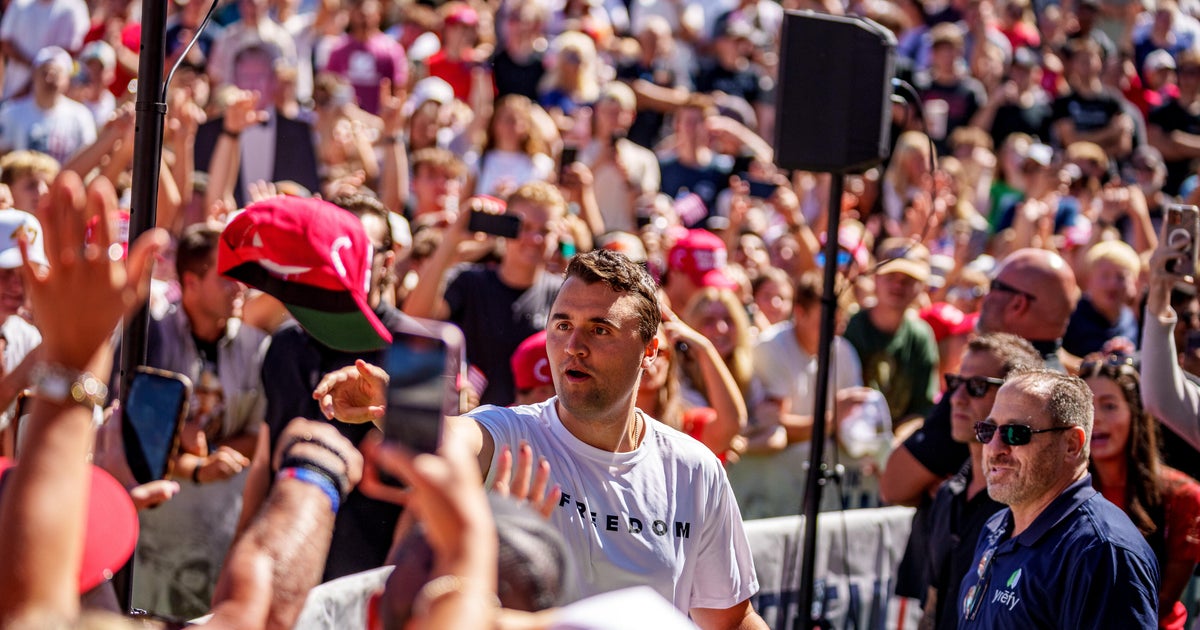From Greek mythology to Australia’s theatre scene in the 1950s, to a history of espionage and a portrait of the “Mr Sin” of Kings Cross, this week’s books traverse times and genres. Happy reading!
FICTION PICK OF THE WEEK

The Leap
Paul Daley
Summit Books, $34.99
Journalist Paul Daley has written a kind of aggregation – if not quite an apotheosis – of outback noir in The Leap. The tale is set in a town that might be a lot of towns around Australia, given how widespread racist colonial violence – and the denial of it – has been in this country. A traumatised British diplomat returns to a posting in Australia, only to be drawn into a rescue mission to save two British nationals from execution. His search for mercy takes him to the outback, where he finds the opposite of what he came for. Soon, he’s drawn into a brutalising nightmare peopled by grotesques, most of them engaged in increasingly destructive and absurd activities, including set-pieces which consciously riff off the iconic Australian film Wake in Fright. Will anyone emerge with their sanity intact? Daley’s bruising outback noir draws blood from the darkest veins of colonial history and its aftermath. Although I wasn’t entirely sold on the central character, I enjoyed the book’s fury, its unsettling playfulness, and the way it unites literary ambition with the action and compression of genre fiction to deliver its thriller-like plot.
Medusa
Rosie Hewlett
Bantam, $34.99

Feminist retellings of ancient myths range drastically in quality and ambit, and there’s no question Rosie Hewlett’s latest novel in the genre has shortcomings. Readers might brush these aside, however, in the face of its fearsome and fascinating subject. This is the story of Medusa from her own lips. It roves from abandonment as a child to the terror and violation of sexual assault, from the injustice and loneliness of Medusa’s cursed metamorphosis to how and why she uses her powers, with her fateful confrontation with Perseus reworked to reveal a counter-narrative in the shadows. Hewlett imagines Medusa as a bold, sarcastic, courageous woman, a target of victim-blaming and a locus of misogyny who transforms into a protector and avenger of the innocent. A heroic angle is not in fact an entirely contemporary feminist phenomenon: Gorgon amulets were used as protective magic in the ancient world, their terrifying visages thought to ward off malign spells and the “evil eye”. The author is clearly steeped in the complexities of Greek mythology, so it’s mysterious, and disappointing, to find the spell broken by so much anachronistic dialogue. The book’s novella length also shortchanges an otherwise intriguing attempt to give voice and character to this legendary figure.
Until The Red Leaves Fall
Alli Parker
HarperCollins, $34.99

I had mixed feelings about Alli Parker’s Until the Red Leaves Fall, largely set in Melbourne’s theatre scene in the 1950s. As a theatre critic, I know that scene well and this novel doesn’t feel sufficiently informed by and imaginatively embedded in the personalities, achievements and failures of a rather transformative cultural moment. Even if this is historical fiction that at some level plays (unintentionally) into Australian cultural amnesia, it refocuses attention on other suppressed stories – notably underground queer history and the racist internment of Japanese Australian families during World War II. Emiko (“Emmy”) Darling has experience of the latter, and she can write, contributing significantly to the work of her husband, Sebastian, a hot young playwright, without getting credit for it. When leading lady Virginia van Belle offers Emmy a commission for a drama based on her family’s wartime experiences, pressures develop between the demands of fiction and the traumatic truth. Meanwhile, Emmy is drawn to Isadora, a dancer who finds freedom on a subversive stage. Although it could be more firmly anchored in real theatre history, Parker’s elegant command of novelistic craft makes for a delicate, progressive historical novel.
The Good Losers
Meg Bignell
Penguin, $34.99

Callie March is on the warpath. Desperate to get her 16-year-old son, Pip, away from his screen addiction, she makes him join the Levin-Bell Rowing Club in Launceston … and promptly regrets it. There is no denying Pip benefits – he makes friends and gets fit, certainly, but then there’s the dick-swinging rivalry, egregious misogyny and stultifying class prejudice (and that’s just the parents). What starts as a parenting comedy and sharp-eyed social satire eventually takes a darker turn, as Callie, a former private investigator, detects something sinister lurking behind the elite rowing club’s closed doors and becomes determined to ferret out the truth. No spoilers, here. What I can say is that this irreverent Australian comedy takes on toxic masculinity, and the immense challenges of parenting in the digital age, with obvious relish, even as it slides into mystery fiction of a different register.
Chalk and Cheese: A Fabrication
Ross Fitzgerald and Ian McFadyen
Hybrid, $24.99

Comic writing partners Ross Fitzgerald and Ian McFadyen will be familiar to some from their Grafton Everest books – a lively and long-running Australian series of political satires featuring a Rabelaisian academic (with a touch of Sir Les Patterson) getting himself into absurd scrapes. In Chalk and Cheese, they break fresh comedic ground. Two journalists with opposing political views are admitted to the same aged care home. Conservative broadcaster Bill Bradley has made a career from savaging the left, so he’s ruffled to discover that his nemesis, radical socialist Ben Curran, is resident. As if having a stroke wasn’t bad enough. Politically, these antagonists couldn’t be more different, but they find common ground when residents gravitate to them with their problems – from elder abuse to discriminatory regulations. Together with their tech-savvy grandkids, these career enemies join forces to agitate for change. Chalk and Cheese weaves a rumbustious satire of political polarisation into a gentler probing of social issues surrounding ageing and end-of-life care.
NON-FICTION PICK OF THE WEEK

The Defector
Richard Kerbaj
Blink, $36.99
Welcome to the murky world of agents, double-agents, sleepers, walk-ins, moles and more. And while this highly entertaining history of espionage from the Cold War until the present day doesn’t read like a thriller, it’s certainly the stuff of thrillers. Take Soviet “diplomat” Anatoly Golitsyn, who turned up (with wife and daughter) at the Helsinki doorstep of a CIA operative in 1961 asking in broken English for “asyl”. Asylum, along with a new identity, was quickly granted and Golitsyn went on to become one of the CIA’s most valuable defectors, informing memorably named CIA counterintelligence head James Jesus Angleton that there was a Soviet mole at CIA headquarters. In some ways, this study could have been titled The Defectors, because Golitsyn was hotly followed by other Soviet defectors, fuelling paranoia and distrust in the CIA and MI5/6 about plants and double-agents, eventually resulting in MI5 withholding information from the CIA and expelling 105 Soviet spies in 1971. A vast, complex story is clearly examined as author Richard Kerbaj also goes into the history of East/West espionage.
Borneo: The Last Campaign
Michael Veitch
Hachette, $34.99

Most of us are familiar with Australian action at Kokoda and Tobruk, but not so many of us are familiar with our largest amphibian action in World War II– the liberation of Borneo in May 1945, involving 80,000 troops. Michael Veitch, a World War II specialist, addresses that gap in this detailed, informed and often vivid examination of the campaign. To some it was unnecessary; the Japanese were a spent force and the war ended a few months later. Yet, one Australian officer is quoted as saying he’ll never forget the look of joy on the faces of locals set free after 3½ years of brutal occupation. Veitch is adept at catching the terror of the battles: hand-to-hand fighting, booby traps and constant night-time Japanese counter-attacks. But there are also moments of bizarre casualness, such as one Australian soldier strolling across a landing beach to borrow a packet of matches. By the time the troops returned to Australia, the country just wanted to move on. Veitch’s account is an important act of retrieval.
Saffron Incorporated
Stuart Coupe
Hachette, $34.99

For much of this portrait of Abraham (Abe) Gilbert Saffron – “Mr Sin” of Kings Cross – Saffron emerges as a “colourful” underworld crime character who masterfully covered his tracks and had others do his dirty work for him. It’s a tale of drugs, prostitution, sly grog, sleazy nightclubs, police corruption, murder and music. Stuart Coupe goes back to Saffron’s Russian-Jewish origins, relatively staid family business, hazy period of military service during World War II and his movement into the dodgy side of commerce, Saffron eventually surfacing as the first boss of the Cross. But there’s nothing colourful about the Ghost Train fire at Luna Park in June 1979, in which seven people died (six of them children). Then and now, allegations abound that Saffron was behind it – the allegations coming from ex-policemen (who also claimed corrupt police covered it up) as well as Saffron’s niece, among others. Coupe concludes, however, that there is no tangible evidence to substantiate the allegations. As much a sometimes romanticised portrait of the Cross itself, as the shady figure who ruled it.
Nazis in Australia
Compiled by Graham Blewitt, edited by Mark Aarons
Schwartz, 39.99

In the aftermath of World War II, large numbers of Nazi war criminals escaped to Australia, where they lived out their suburban lives – some even becoming paid agents for ASIO. It’s quite possible that no one would have known had it not been for the investigative work of ABC reporter Mark Aarons, who wrote the ABC radio series Nazis in Australia, which led to the formation of the Special Investigation Unit by the Hawke government. This compilation of recollections by members of the SIU team is a compelling account of its extraordinary work between 1987 and 1994. It can also be deeply disturbing, especially an archaeologist’s description of uncovering a mass Jewish grave in Eastern Europe containing 553 bodies, mostly women and children, all shot in the head, the plaits of one girl still discernible. The tone of the writing from the various contributors is often restrained, sometimes forensic, accentuating the deep sorrow and sheer brutality.
Lin-Manuel Miranda
Daniel Pollack-Pelzner
Atlantic Books, $36.99

Even if its use is often qualified, the word “genius” is used just a bit too much in this biography of the creator of the international hit musical Hamilton. It’s qualified in the sense that his biographer, Daniel Pollack-Pelzner, informs us that Miranda took time to become a genius, worked hard to become one, and, through fruitful collaborations with other artists, was constantly learning and pushing himself. None of which are ground-shaking observations. Mind you, in the three years he took to write the book, interviewing hundreds of people including Miranda himself, Pollack-Pelzner became highly informed about his subject, emphasising his sponge-like ability to draw on experiences and learn from such figures as Andrew Lloyd Webber. Woven into this is the support Miranda received from family (especially his therapist mother) and the numerous educational institutions that nurtured him. This is, albeit with a marked tendency for over-statement, not so much a portrait of the artist, as the making of one.


















































